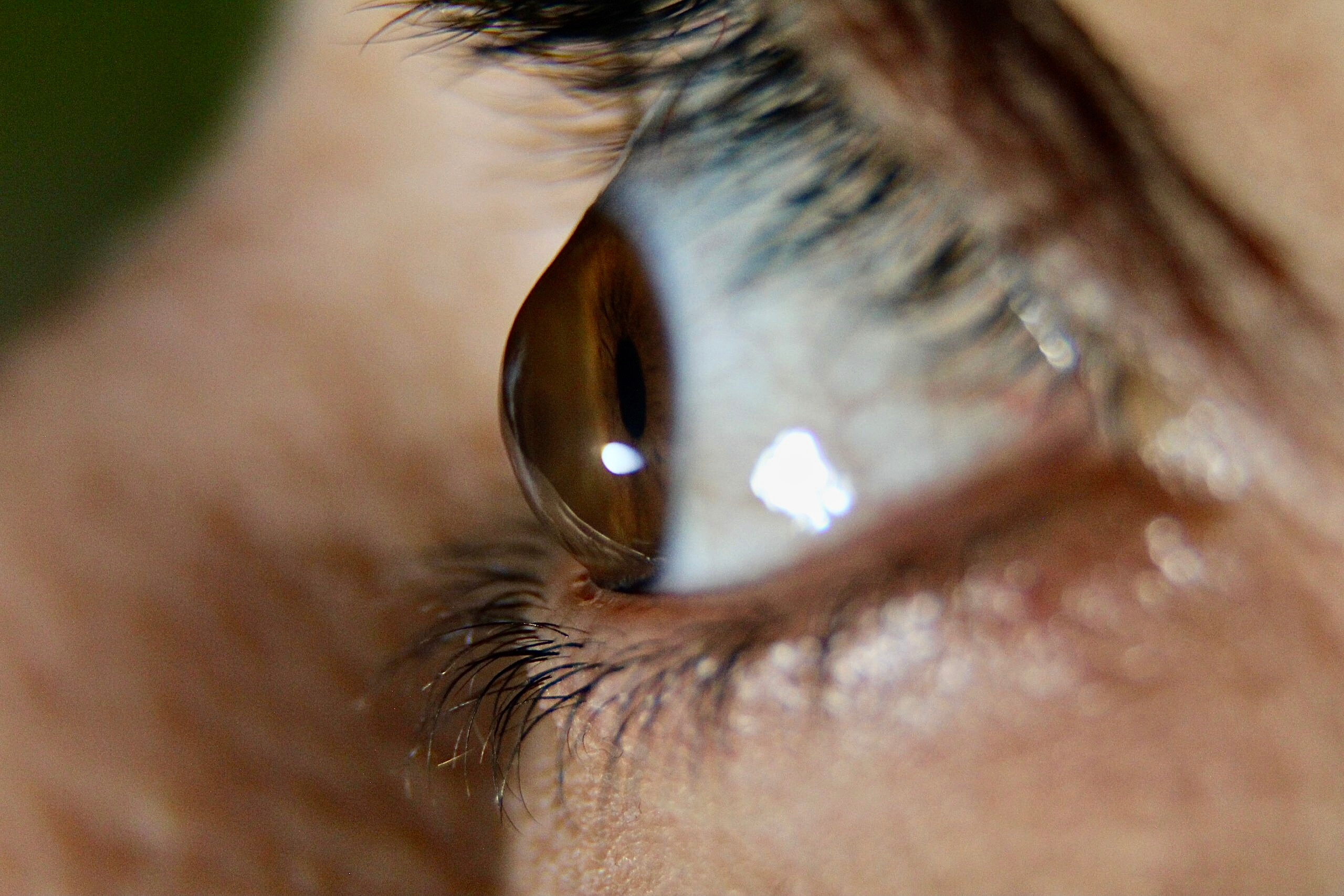The Benefits of Corneal Cross-linking for treating keratoconus.in Boston, MA

Traditionally, corneal issues of the eyes have been challenging to treat. The corneas are the delicate structure that covers the front of the eye – the surface on which a contact lens sits. Keratoconus in Boston is a complex condition that affects the cornea, drastically impacting vision. An exciting new technology in the treatment of keratoconus is called corneal cross-linking in Boston, and it’s one of the most promising treatment options to date. Here’s what to know about corneal cross-linking and how it can help restore clear vision here at Nielsen Eye Center.
What is Keratoconus in Boston?
Keratoconus is a condition where the cornea is shaped more like a cone than a sphere. It causes the corneal tissue to bulge and push forward, weakening over time and distorting vision. The cause of keratoconus is unknown, except that it may be hereditary and can develop at any age. It’s most commonly diagnosed in early adulthood or the late teenage years and occurs in both eyes simultaneously.
The Challenges with Keratoconus Treatment
At the beginning stages of keratoconus, it may be managed with hard contact lenses to adjust for blurred and distorted vision. However, as the condition progresses, hard contact lenses no longer work because they don’t fit properly over the bulging cornea. In the most advanced stages of keratoconus, scar tissue can develop on the cornea, further impacting vision. By this point, corneal transplants are often the most effective option, but most patients prefer to avoid this invasive option if possible since it can come with risks, downtime, and overall discomfort.
iLink Corneal Cross-Linking
iLink corneal cross-linking is one of the most state-of-the-art options for keratoconus. It’s an FDA-approved procedure that can slow the weakening of the cornea, potentially avoiding the need for a transplant. Unfortunately, this means it may not be a good option for patients with advanced stages of keratoconus – but if you begin corneal cross-linking early in your diagnosis, it may save you costly and invasive surgery later on.
How Does Corneal Cross-Linking Work?
Corneal cross-linking is performed at our office and is completely non-surgical. During the treatment session, your eye doctor will apply special eye drops made with riboflavin. Then, your eyes will be treated with a special UV light to strengthen your cornea over time. You’ll check in with your eye doctor over a series of follow-ups to ensure your corneas are responding as they should. Keep in mind that corneal cross-linking can’t restore vision but rather prevents it from worsening. Our team can give you the best idea of your long-term outlook with keratoconus and corneal cross-linking.
iLink Corneal Cross-Linking at Nielsen Eye Center In Boston
At Nielsen Eye Center, we offer this state-of-the-art treatment option for keratoconus and can help you learn more about preserving your vision for the long term. To learn more, schedule a consultation today by calling or filling out our online form.



